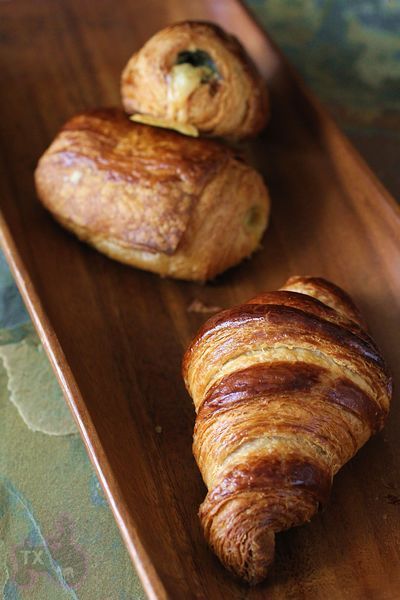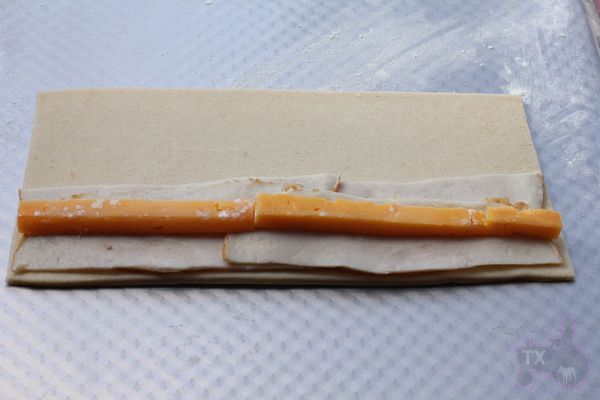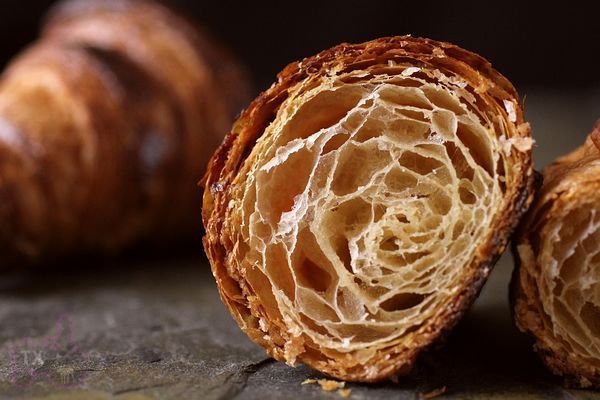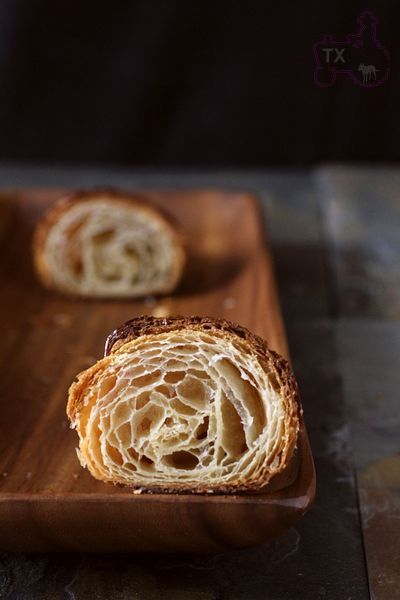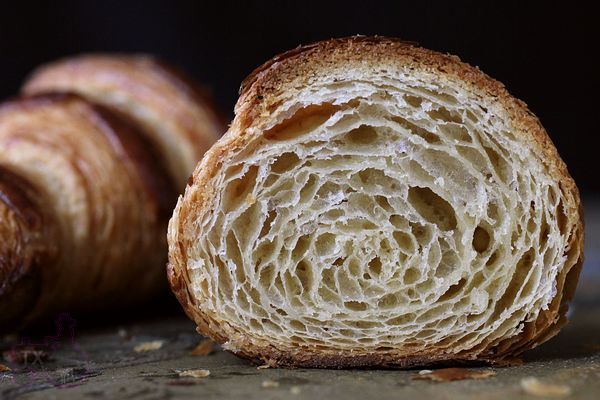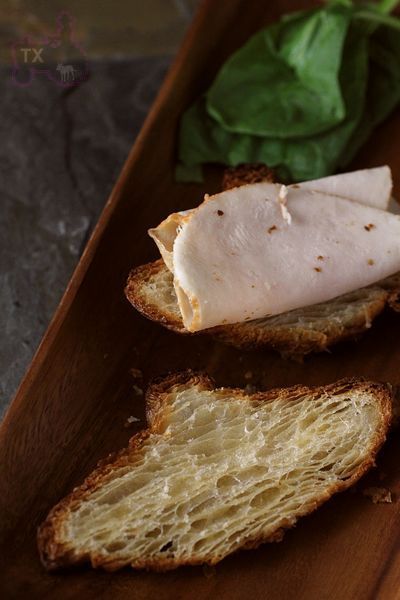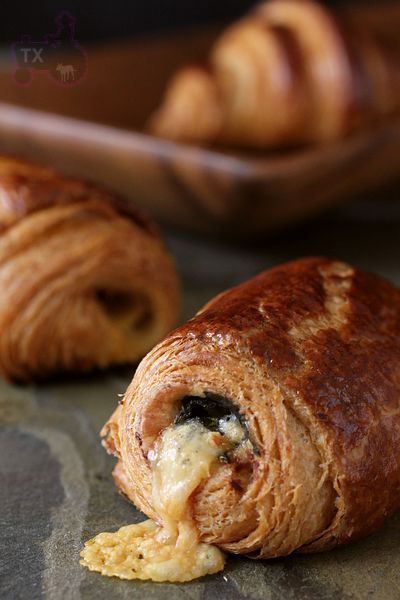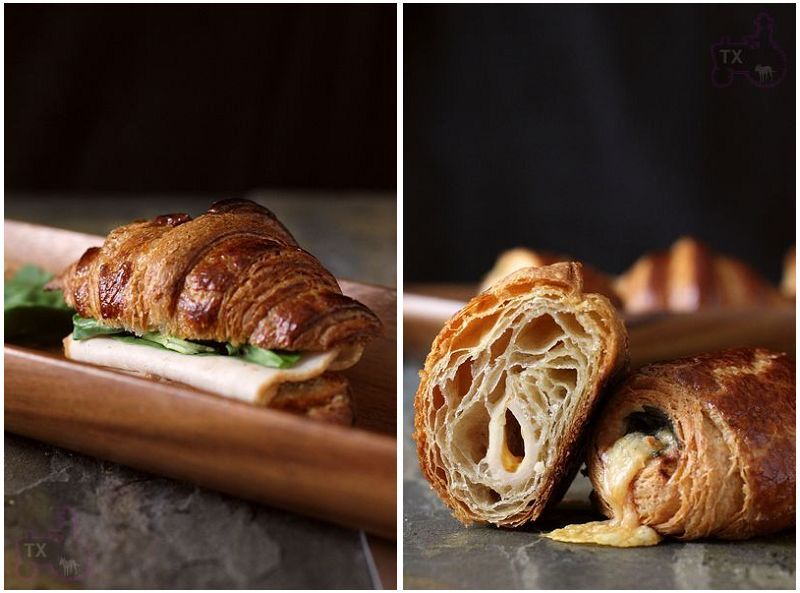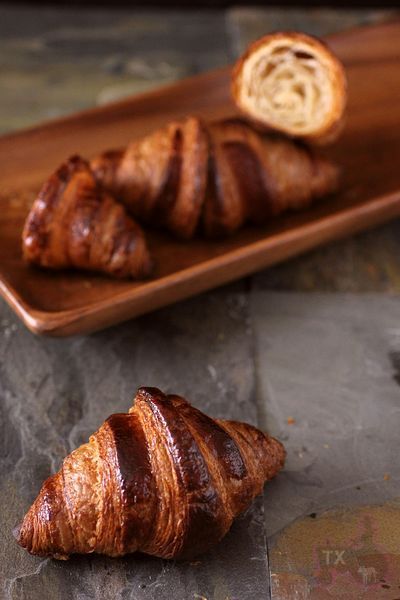As I blogged a few days ago, the first trial with T55 didn’t turn out as I had planned.
So this time, to make sure the end-product was really going to be ‘baguette,’ definitely not another weird new hybrid like a ciabaguetta, I decided I’d try with lower hydration of 65%. I could’ve employed double-hydration method as David (dmsnyder) kindly suggested to bring up the overall hydration to 70% in the end, but at this early stage of experiments, I just wanted to find out this flour's natural characteristic using my usual method (more or less) that I was familiar with. So, I decided to go with simple 65% hydration to see how this flour behave with lower hydration. Besides, by the time I posted about the first trial, I’d already done this second trial the day before and, since I don’t’ have an easy access to a time-machine at the moment to go back and re-do it, that is what you’re going to see today. So there! :p
Apart from lowering of hydration, all the formula/procedure were exactly the same as the previous trial; ie. 1) Replacing strong flour to T55 in poolish, 2) Replacing all the flours in main dough to T55…….
Well, that was my intention when I started making this batch. Probably many of you have already noticed how careless and forgetful I could be, and this time it happened again…. I miscalculated the time I needed for cold retardation, and it was only when I put the mixed dough in the fridge, I realized I’d only have 16 hrs, instead of my usual 21 hrs, to retard to get my (hopefully-)baguette ready for the dinner next day. Oh well…… So I comforted myself (with some difficulty) by convincing myself (with more difficulty) that a part of the reason why my first trial went so badly could be because low protein level of the flour couldn’t stand the long fermentation combined by 7-hr poolish, and decided I’d wait for the fate, with my fingers and everything else I could cross crossed.
After 16 hrs (Grrrrrrrrr!!), the dough looked very much like my regular poolish baguette dough with improvised UK flour mix usually look like; sufficient growth in volume with a few large bubbles on top, wobbling very promisingly. ::GRIN:: So I proceeded with the rest of the procedure, as usual. Both shaping and scoring was just a piece of cake bread (the same old pun recycled) thanks to lower hydration = the moment I really understood the importance of an advice in many baguette books in Japan; Stick to 65% hydration until you get a hang of shaping and scoring. Must admit I’ve never followed that advice myself, though..….
Anyway….everything went blissfully without any hitch to entertain you push me into another trouble, the dough loaded into the oven safely, steamed and baked as planned…..or that’s what I thought……..
This is the result.



Closer looks


Must admit I was rather chuffed with the result……….………..until………………………………………
……………....................................................Gaaaaaaagh!!!

The crumb is not even as open as my usual UK flour baguettes!!!!!
The crumb shot for the other one

(Excuse for the weird colour. It was taken under a recently-repaired conservatory glass roof which has a tint of…..blue)
::big sigh::
To be perfectly honest, I’d had a bit of trepidation even before I cut it open that I might find this kind of crumb inside, because the baguettes came out slimmer than my usual ones. But I think I know why…. Excuse Reason 1) Lower hydration than usual, 2) Additional strokes for each S&F to ensure sufficient gluten build....which was obviously too much, 3) Shorter cold retard, 4) Under-proofed due to other cooking schedule I had to fit in (= another dish was waiting to go in after the baguettes for dinner), 5) In the excitement of shaping+scoring went so well, I didn’t do the ALL IMPORTANT finger-poke test, only judging the ripeness by a quick look, WRONGLY-assuming nothing’s gonna go wrong with the perfect (Not!) dough like that! ….. How silly can I be, please somebody tell me…..
And the flavour and aroma?......I think they also suffered from the shorter retardation. It was good, but not as good or strong as the first trial. The paler crumb colour was more than likely caused by that, too, as well as the extra-strokes of S&Fs. But that interesting phenomena of saltiness standing out was still there, though it wasn’t as strong or predominant as the last one. It was never excessively salty, though. Just that the saltiness is the first taste you noticed when you bit into the crust and chewed the crumb, before other flavours joined in and make the lovely harmony. Very nice. In that sense at least, it was still properly French...-ish.
The NEVER-accident-free journey of T55 trials still continues.....
lumos




